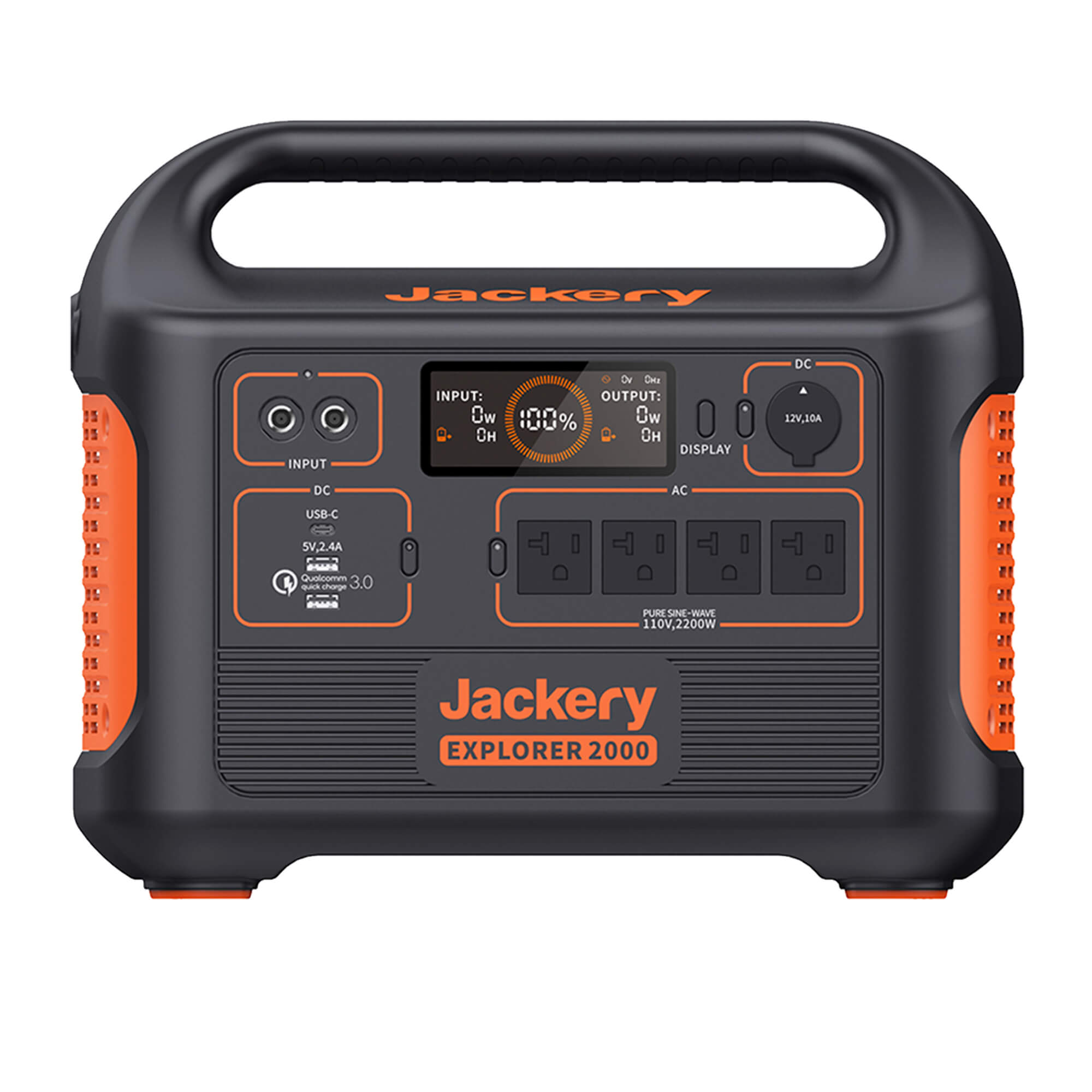Have anyone ever connected the AC output of their Jackery explorer 1500/2000 through a generator input plug and breaker into their distribution panel? It can provide 1800/2200 watt of power which makes it handy to run a a fridge, some LED lights, and the furnace at once rather than running extension cords everywhere (and pulling the fridge out). Here is what I am thinking...
- Get a 20A 240V breaker (call it the Jackery breaker)
- Wire Jackery breaker into a generator socket
- Use a physical interlock device to ensure that the distribution panel's main grid breaker is off before the jackery breaker can be turned on.
- Make a wire where one end is a 5-20 (goes to Jackery AC out) and the other is matching generator plug. Wire the HOT of the AC output to both the +/- of the generator plug, so both rails would be powered at 120V. This would make any 240V circuits useless, but that's OK. NEUTRAL and GROUND would be wired as normal.





